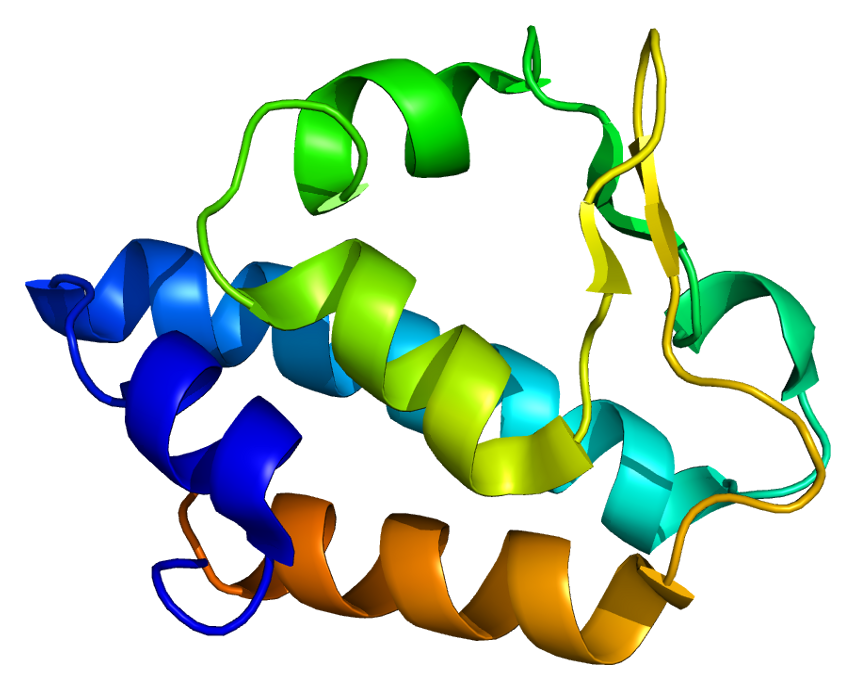Congenital Disorder Of Deglycosylation

A number sign (#) is used with this entry because congenital disorder of deglycosylation (CDDG) is caused by homozygous or compound heterozygous mutation in the NGLY1 gene (610661) on chromosome 3p24.
DescriptionCongenital disorder of deglycosylation is an autosomal recessive multisystem disorder characterized by global developmental delay, hypotonia, abnormal involuntary movements, and alacrima or poor tear production. Other common features include microcephaly, intractable seizures, abnormal eye movements, and evidence of liver dysfunction. Liver biopsy shows cytoplasmic accumulation of storage material in vacuoles (summary by Enns et al., 2014).
For a discussion of the classification of congenital disorders of glycosylation, see CDG1A (212065).
Clinical FeaturesNeed et al. (2012) and Shashi (2013) reported a boy with a phenotype consistent with a congenital disorder of glycosylation. He presented with developmental delay, hypotonia, involuntary movements, intractable multifocal epilepsy, abnormal liver function, congenital absence of tears, peripheral neuropathy, and small hands and feet. At age 15 months he showed regression of motor development. At age 5 years he was able to sit up, reach for objects, transfer them from hand to hand, but never developed speech. Liver biopsy showed evidence of inflammatory changes with an amorphous substance in the cytoplasm. Urine oligosaccharides were abnormal, showing keratan sulfate, heparan sulfate, and chondroitin sulfate. Brain MRI showed prominent perivascular spaces with surrounding gliosis in periatrial white matter and mildly delayed myelination. Testing for congenital disorders of glycosylation had been normal by transferrin isoelectric focusing and N-glycan analysis.
Enns et al. (2014) reported 7 patients from 5 families with CDDG. Global developmental delay and hypotonia became apparent in the first months of life, followed by abnormal involuntary movements. A notable feature was poor tear production with subsequent corneal ulceration and scarring. All patients had EEG abnormalities, and 4 patients developed seizures, usually intractable, consisting of staring spells or myoclonic jerks. Additional features included microcephaly, constipation, hyporeflexia, strabismus, ocular apraxia, and small hands and feet. Laboratory studies showed abnormally increased liver enzymes, and some patients had elevated alpha-fetoprotein. Liver biopsy showed cytoplasmic accumulation of storage material in vacuoles. Brain MRI tended to show enlarged ventricles and delayed myelination, and neuropathologic examination of several patients showed axonal loss and gliosis, suggestive of hypoxic-ischemic encephalopathy.
Lam et al. (2017) studied 12 individuals, aged 2 to 21 years, with confirmed biallelic pathogenic NGLY1 mutations and identified previously unreported clinical features, including optic atrophy and retinal pigmentary changes/cone dystrophy, delayed bone age, joint hypermobility, and lower than predicted resting energy expenditure. Novel laboratory findings included low CSF total protein and albumin and unusually high antibody titers toward rubella and/or rubeola following vaccination. Lam et al. (2017) also confirmed and further quantified previously reported findings, noting that decreased tear production, transient transaminitis, small feet, a complex hyperkinetic movement disorder, and varying degrees of global developmental delay with relatively preserved socialization are the most consistent features. Lam et al. (2017) reported that most individuals had hypotonic facies, and while the majority (10 of 12) were born at term with normal growth parameters, individuals grew poorly after midchildhood, with weight affected more than height. Acquired microcephaly was documented in the 4 oldest subjects. Total foot length was less than the 3rd percentile for all 12 individuals. All 12 subjects had at least some developmental delay or intellectual disability. Seven had profound intellectual disability. Two individuals with an IQ below average were verbally fluent. The remainder were nonverbal or used only single words or phrase speech. Seven of 12 patients had seizures. All 12 had hyperkinetic movement disorders characterized by choreiform, athetoid, dystonic, myoclonic, action tremor, and dysmetric movements, which were more severe in younger individuals. Brain MRIs were not clinically striking. Nerve conduction studies were performed in 11 individuals, of whom 8 were found to have an axonal sensorimotor polyneuropathy, with additional demyelinating features in 6.
Molecular GeneticsBy whole-exome sequencing in a family in which a boy had developmental delay, multifocal epilepsy, involuntary movements, abnormal liver function, and absent tears, Need et al. (2012) found that the boy was compound heterozygous for 2 mutations in the NGLY1 gene: a frameshift mutation in exon 12 (610661.0001) inherited from his mother, and a nonsense mutation in exon 8 (R401X; 610661.0002) inherited from his father. Need et al. (2012) compared NGLY1 protein expression in leukocytes extracted from blood from the patient, his parents, and 3 controls. Both parents showed reduced expression compared with controls, and the patient had barely discernible levels of NGLY1.
Enns et al. (2014) identified a homozygous R401X mutation in 5 patients from 3 families with CDDG. All of the patients were Caucasian and of European descent, suggesting the possibility of a founder mutation. Two additional patients were found to carry biallelic NGLY1 mutations (610661.0003-610661.0005).
Lam et al. (2017) reported 12 individuals from 10 families with biallelic mutations in the NGLY1 gene. Thirteen mutations were identified: 5 missense, 5 nonsense, 2 splice site, and 1 frameshift. R401X was the most common mutation, occurring in 7 alleles.
PathogenesisIn a review, Freeze (2013) noted that NGLY1 deficiency represents the first described congenital disorder of deglycosylation. The enzyme deficiency is predicted to cause accumulation of N-glycosylated proteins in the cytoplasm and possible ER stress. Accumulation of the undegraded material in the cytoplasm may have additional toxic effects.